Two aliphatic aldehydes (P) and (Q) react in the presence of aqueous K2CO3 to give compound (R ) which upon treatment with HCN gives compound(S). On acidification and heating, (S) gives the product shown below:

Compounds (P) and (Q), respectively, are:




The correct Answer is:B
Step by step video, text & image solution for Two aliphatic aldehydes (P) and (Q) react in the presence of aqueous K_(2)CO_(3) to give compound (R ) which upon treatment with HCN gives compound(S). On acidification and heating, (S) gives the product shown below: Compounds (P) and (Q), respectively, are: by Chemistry experts to help you in doubts & scoring excellent marks in Class 12 exams.
Topper's Solved these Questions
- BOOK - JEE ADVANCED PREVIOUS YEARCHAPTER - JEE ADVANCEDEXERCISE - Section-IV (Matrix type)2videos
JEE ADVANCED
- BOOK - JEE ADVANCED PREVIOUS YEARCHAPTER - JEE ADVANCEDEXERCISE - Section - I Single correct Answer Type7videos
JEE ADVANCED
- BOOK - JEE ADVANCED PREVIOUS YEARCHAPTER - JEE ADVANCEDEXERCISE - Section-II (Integer type)5videos
JEE ADVANCED
- BOOK - JEE ADVANCED PREVIOUS YEARCHAPTER - JEE (ADVANCED ) 2020EXERCISE - SECTION -III6videos
JEE (ADVANCED ) 2020
- BOOK - JEE ADVANCED PREVIOUS YEARCHAPTER - JEE ADVANCED 2020EXERCISE - SECTION-36videos
JEE ADVANCED 2020
Similar Questions
Two aliphatic aldehydes P and Q react in th presence of aqueous k2CO3 to give compound R, which upon treatment with HCN provides compound S. On acidification and heatingm,S gives the product shown below:
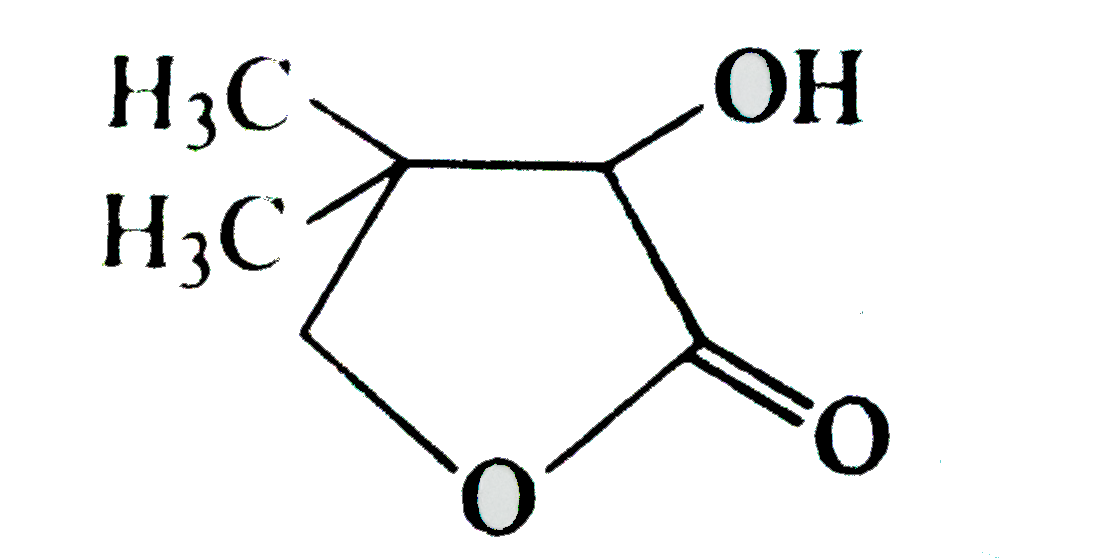
The compound R isView SolutionTwo aliphatic aldehydes P and Q react in th presence of aqueous K2CO3 to give compound R, which upon treatment with HCN provides compound S. On acidification and heatingm,S gives the product shown below:

The compounds P and Q respectively areView Solution
Knowledge Check
- Question 1 - Select One
Two aliphatic aldehydes (P) and (Q) react in the presence of aqueous K2CO3 to give compound (R ) which upon treatment with HCN gives compound(S). On acidification and heating, (S) gives the product shown below:

Compound (S) is:A B
B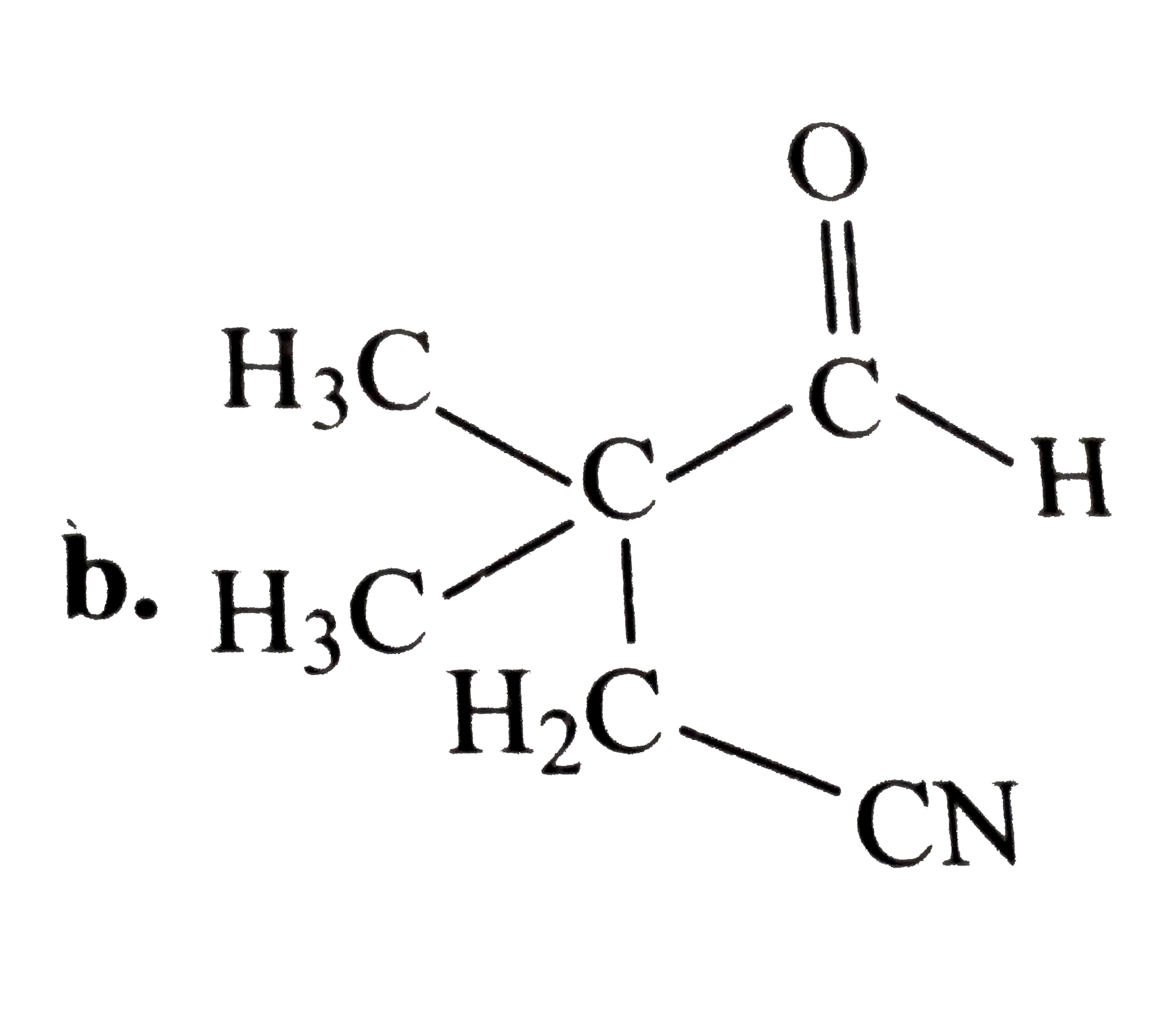 C
C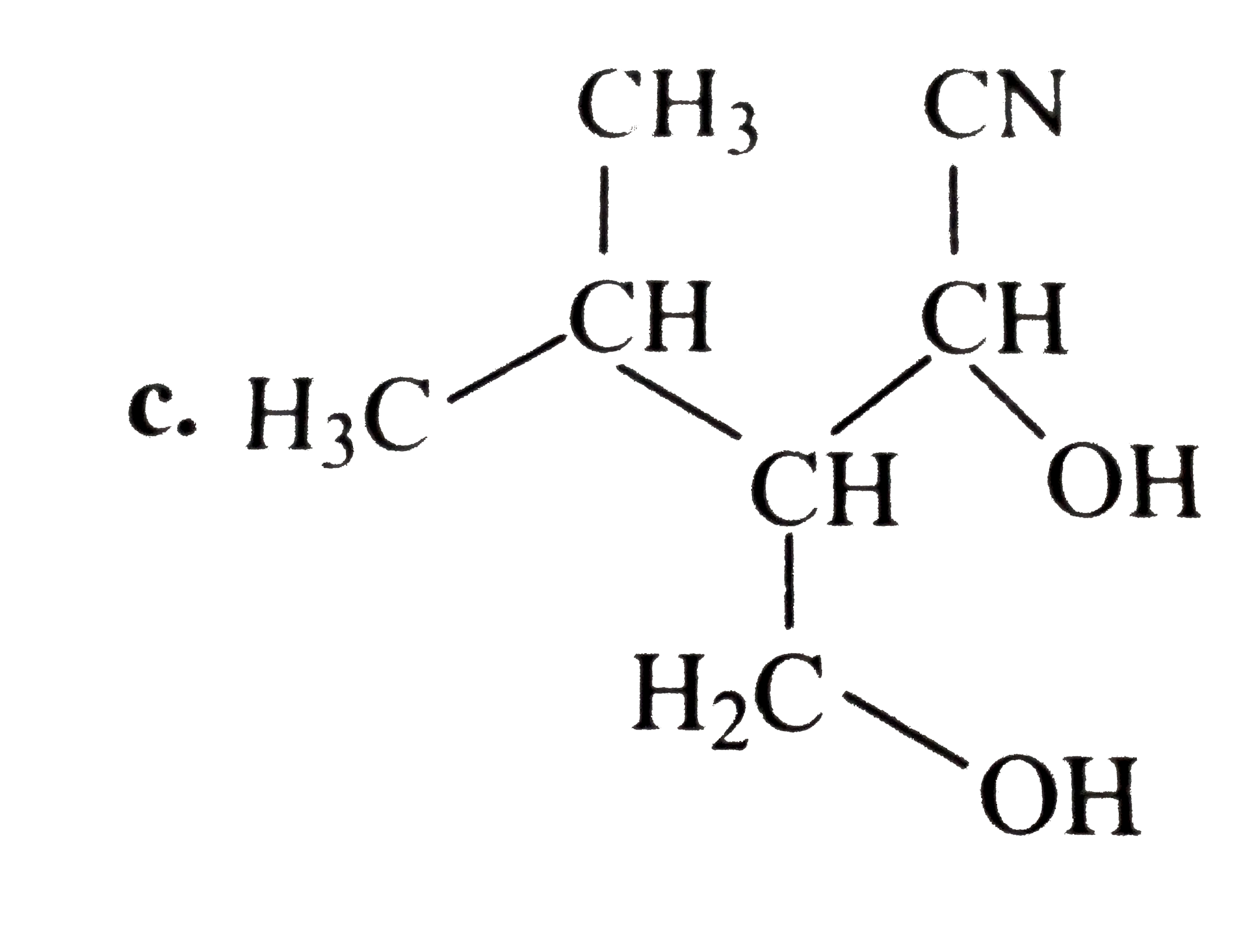 D
D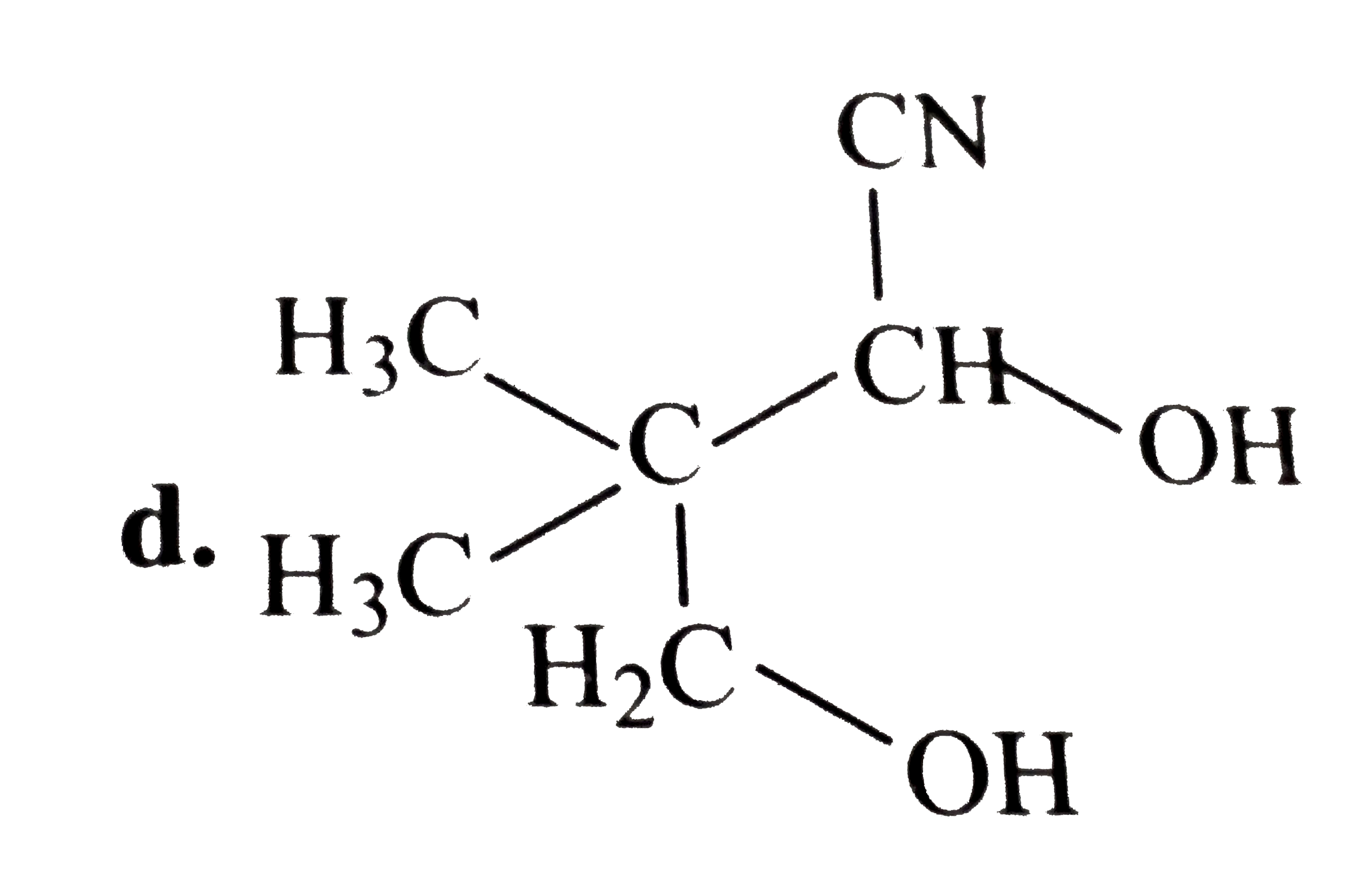
- Question 2 - Select One
Two aliphatic aldehydes (P) and (Q) react in the presence of aqueous K2CO3 to give compound (R ) which upon treatment with HCN gives compound(S). On acidification and heating, (S) gives the product shown below:

Compound (R ) is:A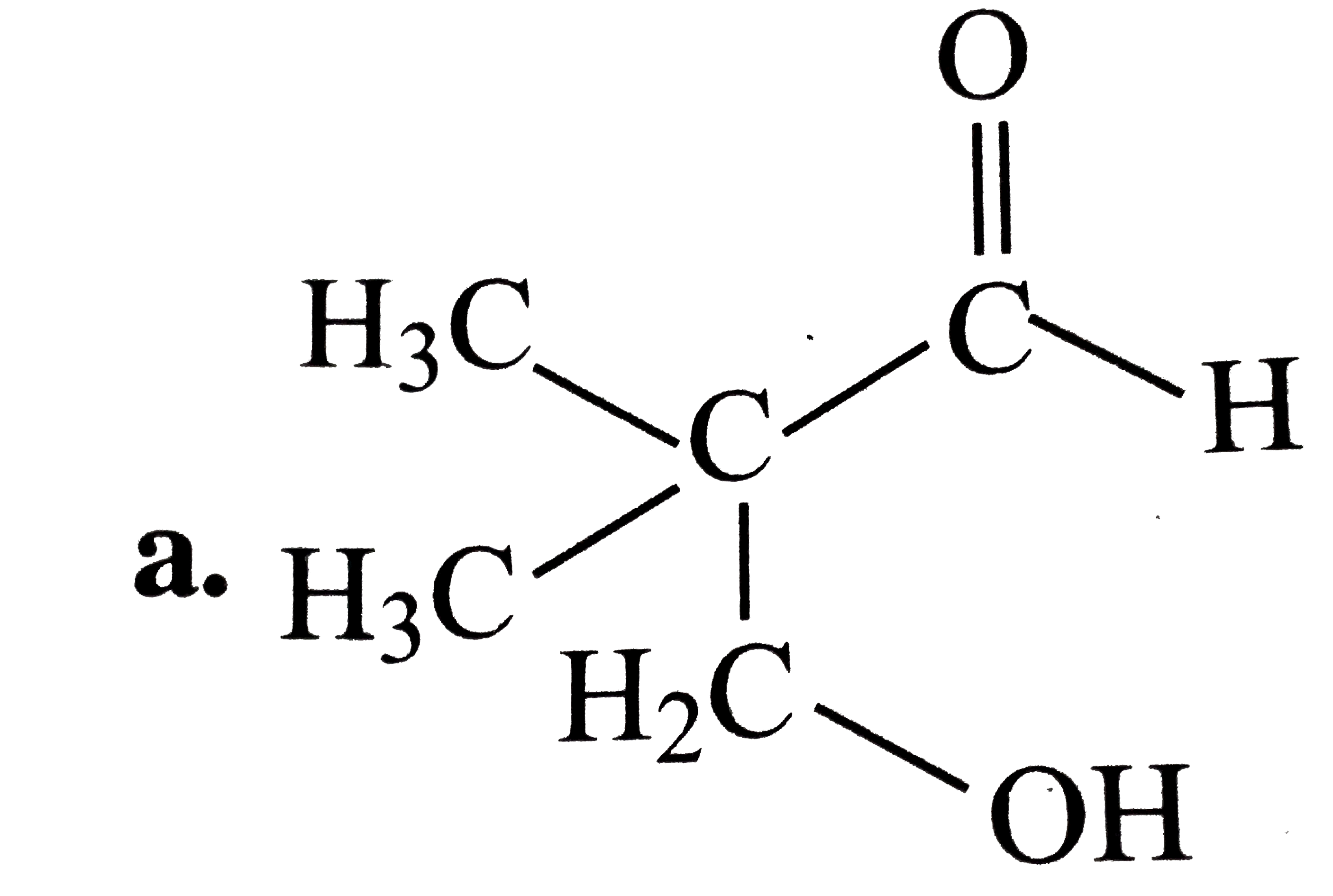 B
B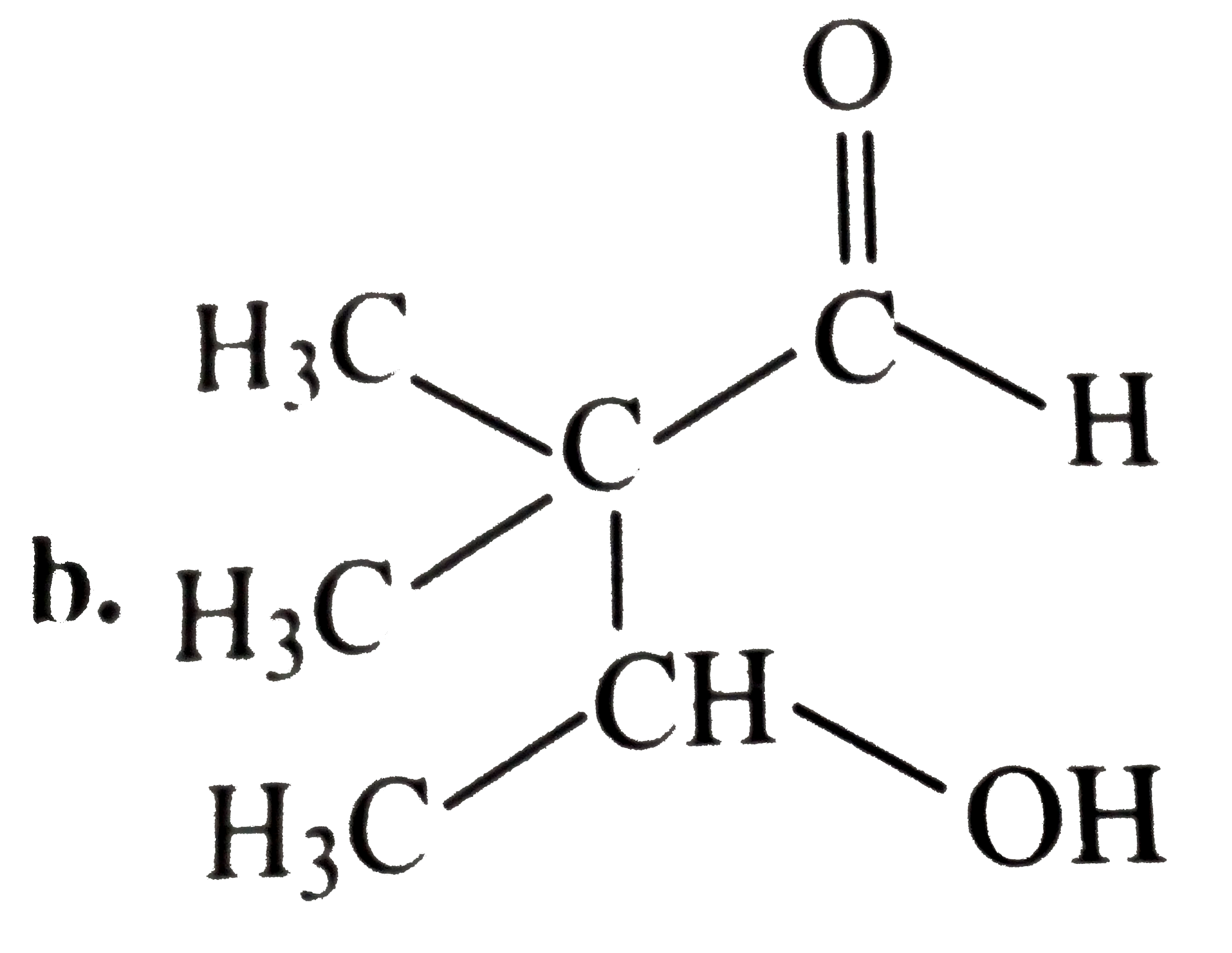 C
C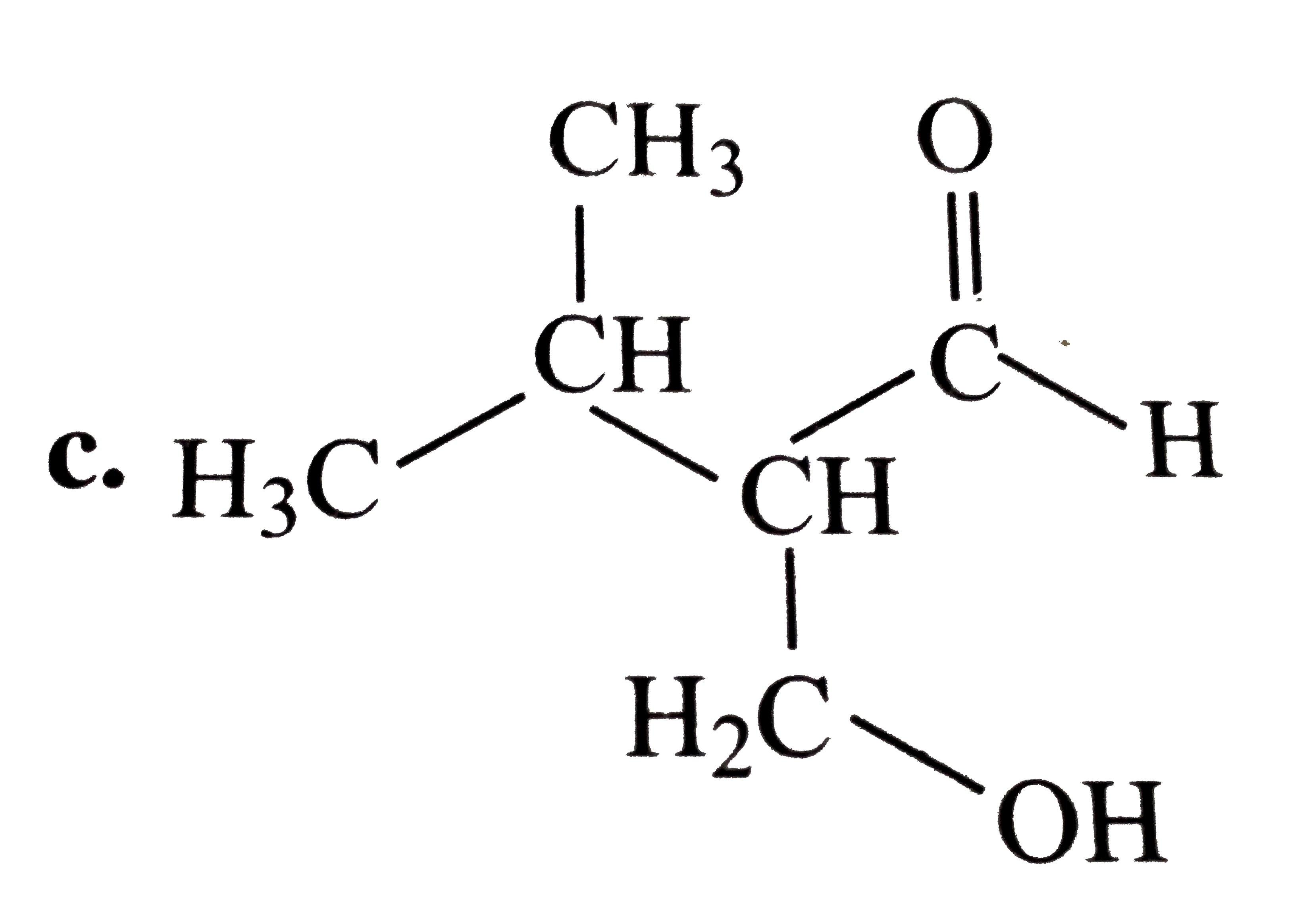 D
D
- Question 3 - Select One
Two aliphatic aldehydes P and Q react in th presence of aqueous k2CO3 to give compound R, which upon treatment with HCN provides compound S. On acidification and heatingm,S gives the product shown below:

The compound S isA B
B C
C D
D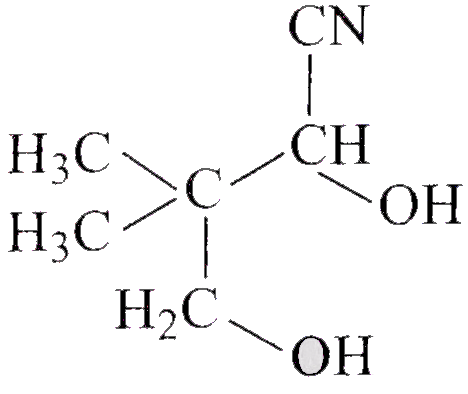
Which compound reacted with CO2 gives an organic compound?
View SolutionA organic compound (P ) upon reacting with NH3 gives (Q). On heating, (Q) gives (R). (R) in presence of KOH reacts with Br2 to give ethylamine. (P) is :
View Solution[P] on treatment with H2CrO4 in acetone produced [Q]. [Q] compound upon heating give rise to Acetophenone. The compound [P] is:
View SolutionThe compound given below on heating gives P (Major product)
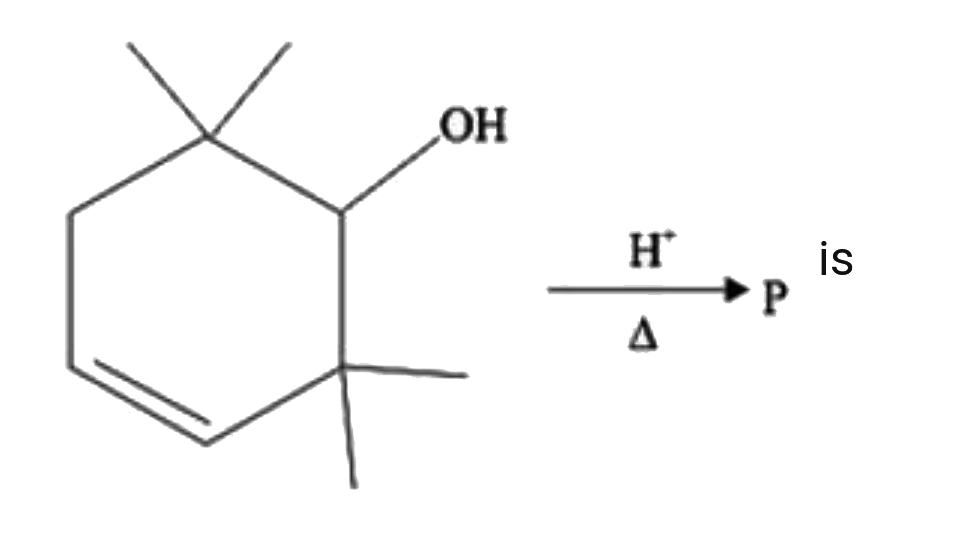 View Solution
View SolutionA tertiary alcohol (H) upon acid-catalysed dehydration gives a product (I). Ozonolysis of (I) leads to compounds (J) and (K). Compound (J) upon reaction with KOH gives benzyl alcohol and a compound (L), whereas (K) on reaction with KOH gives only (M).
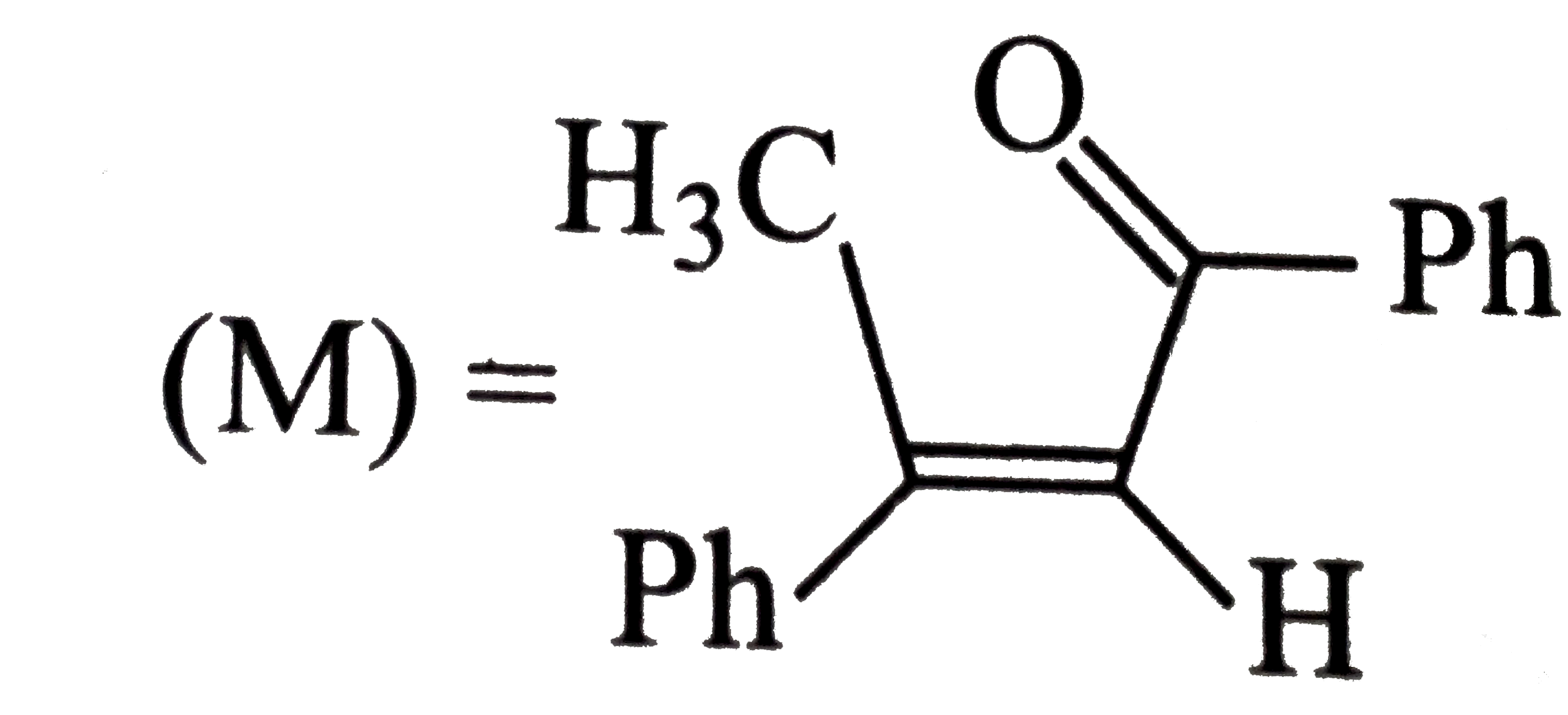
The structures of compounds (J), (K), and (L), respectively, are:View Solution

